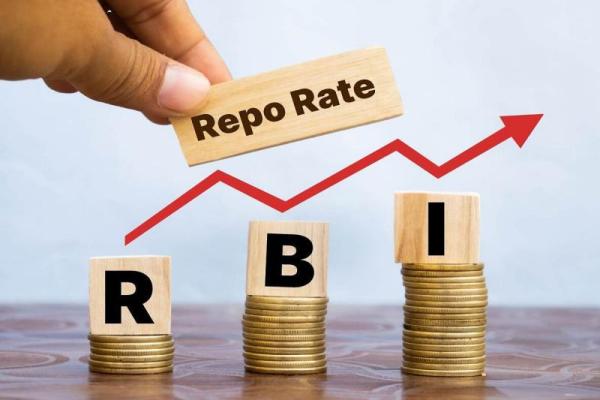
The Reserve Bank of India (RBI) may cut the repo rate by 25 basis points in its monetary policy meeting in December 2025. Morgan Stanley has made this estimate in view of the continuous decline in retail inflation rate (CPI). There was no change in the repo rate in the last Monetary Committee meeting of RBI. Repo rate is the rate at which RBI gives loans to commercial banks. Due to low repo rate, all types of interests become cheaper.
We expect RBI to cut rates by 25 bps in the December 2025 policy meeting, Morgan Stanley report said. If this cut happens, the repo rate will come down to 5.25 percent in December. The report also said that the policy stance of RBI is likely to remain cautious. After taking this step, the central bank will depend on the data. RBI will adopt a ‘wait and see’ strategy. It will evaluate the impact of its three-way relief cycle involving interest rates, liquidity availability and regulatory measures.
Inflation may increase
The report suggests that the government will continue to show prudence on the fiscal front. It will focus on gradually reducing the fiscal deficit, but will also continue to prioritize capital expenditure. These measures are necessary to maintain economic growth in the medium term. Inflation estimates have also been given in the report. Morgan Stanley expects CPI to rise slightly in 2026-27 after inflation remains at low levels in 2025. This will ultimately come closer to the RBI’s medium-term target of 4 percent.
Food prices may be affected by a weak base, while core inflation is expected to remain stable. The firm estimates that both food and core inflation will rise by 4 to 4.2 percent annually. This will keep inflation expectations under control and people’s confidence will increase. On the external front, India’s current account deficit will remain at or below 1 per cent and will not see any major increase. The firm says India’s external financial position remains strong and stable. This is supported by foreign exchange reserves, adequate import cover and a low external debt-to-GDP ratio.